Digital Marketing Optimization is transforming recession marketing strategies. These 5 tactics for managing customer experience will set you apart from your competitors
Surviving this recession is all about, you guessed it, your customers! As we have seen clearly in 2020, being able to anticipate and respond, fast, to changes in the market can mean the difference between make or break in a challenging environment. And, when it comes to managing customer experience, haven't we all seen some rapid changes?
"Recessions inevitably lead to changes in consumer spending and demand for products and services."
- Dr. Dave Chaffey
As Dr. Dave Chaffey asserts in our recession-beating marketing tactics for growing your business guide, changes in consumer spending require marketers to 'prioritize marketing activities with the biggest potential'. After all, to survive this recession, marketers need to make strategic decisions to outpace their competitors and acquire and retain valuable customers.
Download Free Member resource – Recession-beating marketing tactics for growing your business
With changes in consumer spending, it becomes vital to rapidly think through new alternative approaches to prioritize marketing activities with the biggest potential. That’s where this guide aims to help, by presenting a checklist of 45 ideas to review.
Access the
Managing customer experience
As digital marketers, this is our opportunity to reach into our Mary-Poppins-magic-bag and pull out engagement and conversion stats, ROI, and all manner of metrics and data which all come into play to help us determine what activity is working right now, and why.
However, for many businesses, this is easier said than done. Our recent survey of 257 marketing leaders in June - July 2020 demonstrates that over half of businesses do not employ a continuous, structured program to optimize their customers' digital experience.
As demonstrated below, marketers who embrace Digital Marketing Optimization have a great opportunity to differentiate themselves from the competitor by customer experience. This graph and the tactics discussed below are taken from the Smart Insights and Technology for Marketing Digital Marketing Optimization 2020 report.
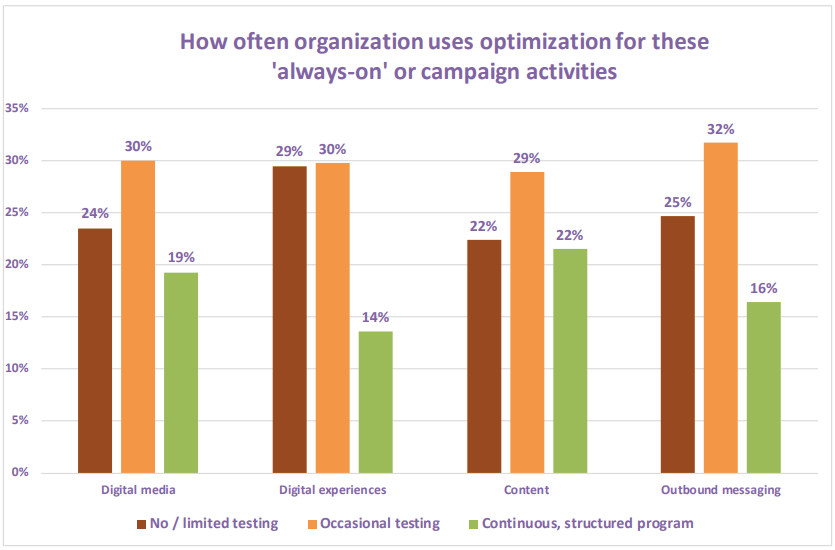
Download Free Member resource – Digital Marketing Optimization
This report will allow you to benchmark your organization's optimization efforts against other senior marketers based on a survey of Smart Insights members and Technology for Marketing attendees.
Access the
So, now we know why it's so important, have a look at these 5 managing customer experience tactics. For each tactic, I will outline the optimization opportunities and look at what percentage of our surveyed marketers are currently employing this technique.
1) Campaign tracking
How are you going to improve your customers' experience if you don't know how who they are, how they are getting to your site, what they are doing, or how they convert?
These four questions are taken from the four reporting tools found in Google analytics:
- Audience
- Acquisition
- Behaviour
- Conversions
However, at the moment, 47% of marketers questioned don't use campaign tracking codes, which means they aren't making full use of the insight Google Analytics can provide. The screenshot below shows how Google UTM tracking allows you to differentiate the source, medium, and campaign details for traffic acquired to your site.
When distributing your content, create a different UTM for each source/medium in the campaign. This can be segmented further using campaign term and content. This is useful for comparing audience, behaviour and conversion - and informing your customer experience digital tactics.
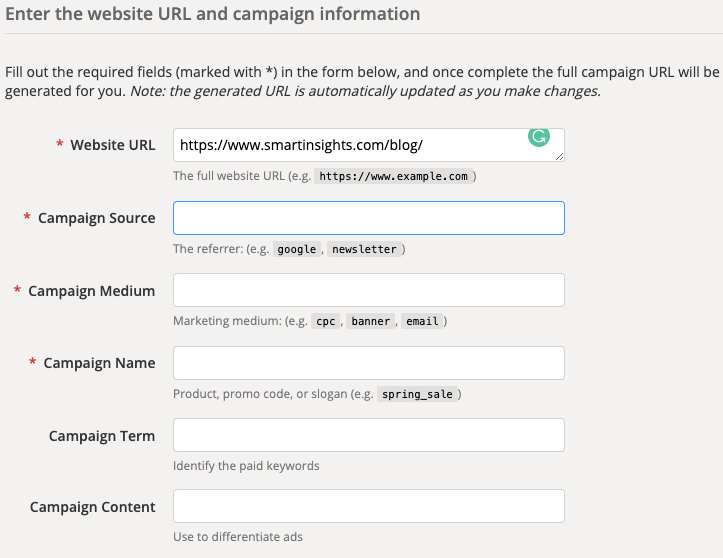
2) Attribution models
While you're at it, make sure your distribution model is set up to support your reporting goals. Google currently offers 7 models, which are outlined in our Media attribution analysis and modelling in Google Analytics Quick Win, for premium members.
Media attribution analysis models allow you to define which channel gets credit for a multi-channel customer journey - the last one before the sale? The first one? Or another attribution model? Find an option that works for you:
- Last Interaction
- First Interaction
- Linear
- Time Decay
- Position Based
- Last Non-Direct Interaction
- Last Google Ads Click
Surprisingly, 77% of marketers surveyed don't currently use the in-built Google media attribution model tools to inform their customer experience optimization. So, there is definitely an opportunity here to gain a competitive edge when reporting on channel-based activity.
Armed with your media attribution data, it is very easy to make quick, responsive tweaks to your media distribution to ensure your precious resources are being used as efficiently as possible, and achieving maximum conversions.
3) Dashboards
So, you've set up your tracking codes and you've got all your data sitting waiting in Google Analytics. At this stage, even the most number-loving, savviest, digital marketer would struggle to draw conclusions from reading just the raw data (not to mention the time it takes to do so!). This is why we recommend setting up a dashboard.
The RACE digital marketing dashboard for Business Members populates a marketing funnel of Reach, Act, Convert and Engage using your GA account so you can measure the key areas of your digital marketing plan to see which are working or require attention.
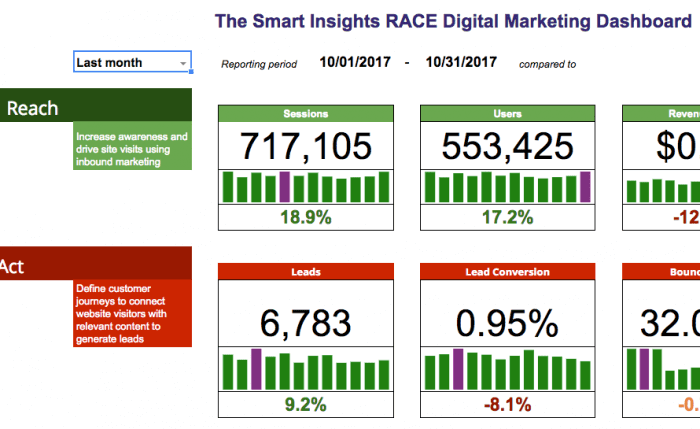
Finally, don't forget to keep checking in on your dashboards. As highlighted in the Digital Marketing Optimization report, it's from applying the data that you will gain your competitive edge:
"Without a defined dashboard and a regular review and corrective action, you are essentially ‘flying blind’ and will be failing to adequately respond to opportunities or inefficiencies in digital channels."
52% of marketers in the survey don't currently use digital dashboards. So, by creating/improving your dashboard, and keeping it at the forefront of your digital strategy, you can stay ahead of your competitors by making data-driven decisions to improve your customer experience.
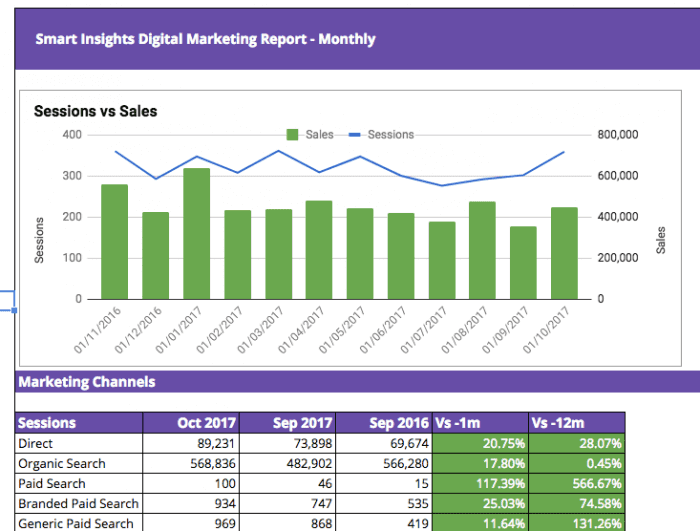
4) Customer feedback
In our Digital Marketing Optimization report, we highlight a number of customer experience feedback options. These feedback tools are employed by marketers as follows:
- Customer satisfaction surveys (38%)
- Reviews and ratings of the brand website quality (30%)
- Net Promoter Score (24%)
- Online customer panel feedback (21%)
Each tool offers slightly different feedback, which will be different depending on your goals. However, what's clear is that with so many marketers not utilizing customer feedback at all, incorporating this data into your customer experience management will certainly strengthen your recession-busting tactics.
Mark Hall covers polls hints and tips alongside a number of other feedback tools in his conversion discovery blog.
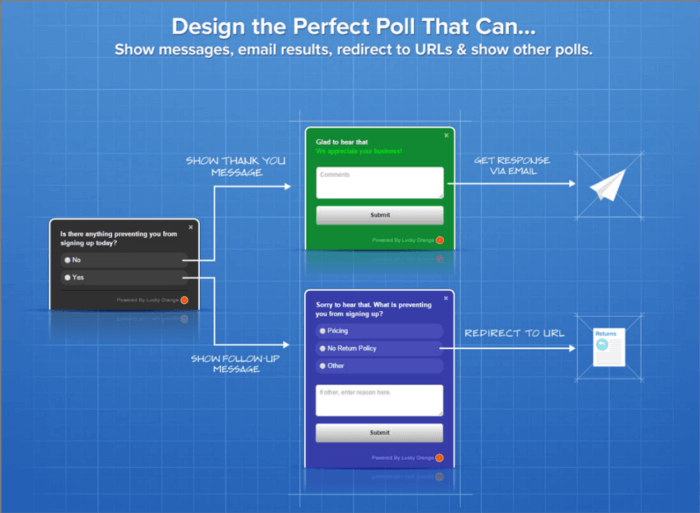
5) Conversion Rate Optimization
Finally, to survive this recession, using Digital Marketing Optimization to improve your conversion rate is a no-brainer. 56% of marketers surveyed use A/B testing, a key component in CRO.
If you test your website regularly, or are considering setting up your first A/B test, implementing CRO tactics will help you connect with your customers, understand and manage their experience, and increase your conversions.
Summarized by Carolanne Mangles below, CRO describes a continuous state of assessing and prioritizing online sales real estate:
"To stay ahead of the competition, you need to keep monitoring and reviewing your key sales pages - are they converting, how much is it costing per user to convert and how can you improve conversions?"
Carolanne's case study, based on changes made to Smart Insights membership landing pages to increase leads, talks through research, key messages, UX design, and testing for CRO.
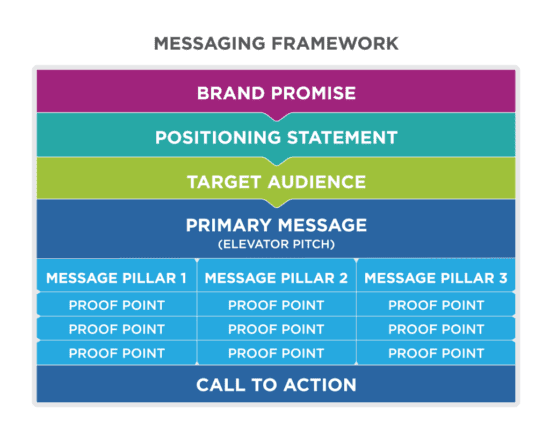
I hope this has been a helpful insight into our latest survey, and inspired you to continue optimizing your customer experience to help stay one pace ahead of the competition. For more information, you can read the full Digital Marketing Optimization report.











